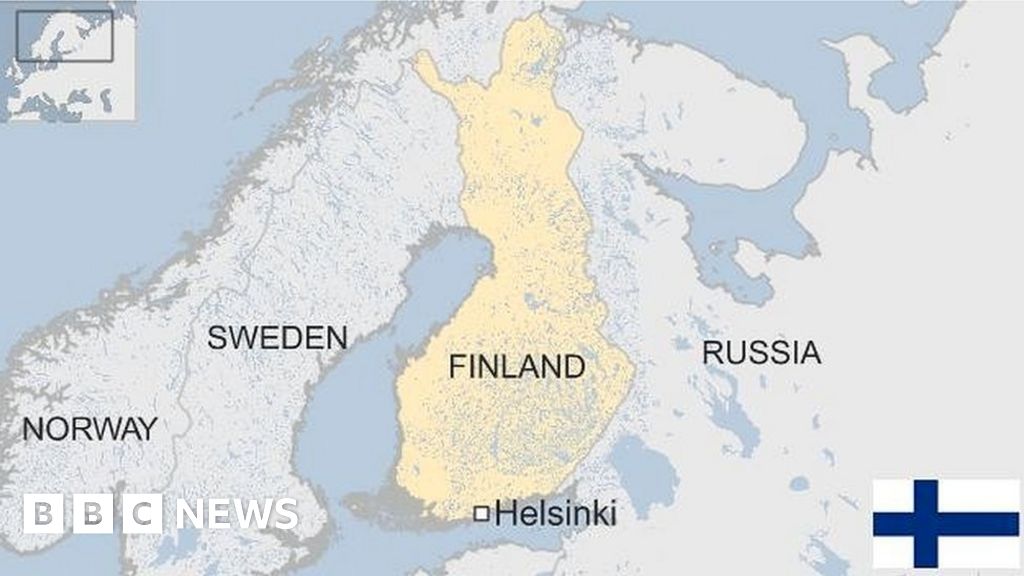Some key events in Finland’s history:
12th-13th Centuries – Series of crusades by Danes and Swedes to subjugate Finns and convert them to Christianity.
13th Century onwards – Finland comes under Swedish rule
1695-97 – The Great Famine, a catastrophic famine affecting Estonia, Finland, Latvia, Norway and Sweden, kills about a third of Finland’s population.
1700-21 – Great Northern War: Russian troops occupy Finland and Sweden cedes Finnish territory to Russia. Finland is hit by a severe plague which is carried along trade routes and by invading armies.
1742-43 – Russo-Swedish War: Russian troops again occupy Finland, and Sweden again cedes Finnish territory to Russia.
1808 – Russian invasion of Sweden supported by Napoleon.
1809 – Finland is ceded to Russia by the Swedes. Finland becomes an autonomous Grand Duchy in the Russian Empire and retains a considerable amount of autonomy. Finns keep their own legal system, religion, and are exempt from Russian military service.
1899 onwards – Attempt at Russification of Finland, including conscription of Finnish men into the Russian army and the imposition of Russian as an official language. Campaign of civil disobedience begins.
1906 – Parliament Act establishes universal suffrage, including the right for women to stand for elected office, for the first time in Europe.
1917 – The Russian Revolution allows Finland to declare its independence.
1918 – Civil war: a rebellion by left-wing Red Guards is put down by General Carl Gustaf Emil Mannerheim.
1939-40 – Winter War: despite fierce resistance to invading Soviet troops, the Finns are forced to concede 10% of their territory.
1941-44 – The Continuation War: conflict between Finland and the Soviet Union during World War Two, ends in an armistice and Finland having to pay reparations.
1948 – Finland signs friendship treaty with the Soviet Union, and throughout Cold War pursues a policy of friendly neutrality towards Moscow.
1955 – Finland joins United Nations and Nordic Council.
1992 – Friendship treaty with Soviet Union of 1948 declared null and void following the collapse of the Soviet Union. Finland turns increasingly towards the west.
1995 – Finland joins the European Union.
2000 – Tarja Halonen elected as Finland’s first female president.
2002 – Euro replaces the Finnish mark.
2010 – Finland becomes world’s first country to give its citizens a legal right to broadband internet.
2016 – Finland signs an agreement on closer defence collaboration with the United States amid growing concern over Russian military activities in the Baltic Sea region.
2022 – In response to Russia’s invasion of Ukraine, Finland and Sweden apply for Nato membership.
2023 – Finland becomes a member of Nato.
Source link : https://www.bbc.com/news/world-europe-17288360
Author :
Publish date : 2024-02-13 08:00:00
Copyright for syndicated content belongs to the linked Source.
